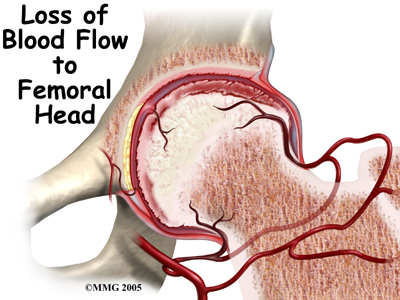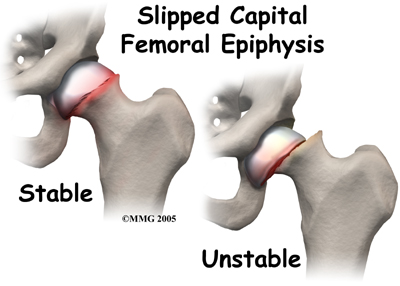What treatment options are available?
Nonsurgical Treatment
Transient synovitis usually responds to anti-inflammatory medication and rest. Symptoms generally improve after 10 days, with an eventual return to activity.
In the case of infection, six weeks of intravenous (IV) antibiotics is usually required. Sometimes antibiotics taken by mouth can be effective instead of such a long period of IV antibiotics. Your child may need to be in the hospital for a few days at first. Sometimes surgery is necessary to drain the area that is infected.
Referral to a doctor who specializes in arthritis will be necessary if your child is diagnosed with rheumatoid arthritis.
Although tumors are rare in children, they do occur. Some tumors may respond to chemotherapy or radiation. Sometimes the tumor has to be surgically removed.
In toddler’s fractures and bunk-bed fractures, sometimes casts must be used. Limiting weight bearing when walking may mean your child will have to use crutches, or be in a wheelchair for awhile. Your physiotherapist will teach your child how to properly walk with crutches and how to safely manage them on stairs.
Stress fractures and Osgood-Schlatter’s usually respond well to a discontinuation of the activity that caused them while continuing exercises like swimming and stationary biking to maintain conditioning. Your physiotherapist can provide advice on how to best maintain fitness and can design an individualized program for your child to follow while their injury heals.
Patellofemoral joint problems and overuse syndromes usually respond well to physiotherapy treatment. Physiotherapy may even be recommended when the cause of the limp has been determined to be infectious or other in nature (once the initial problem has been cleared up) as limping, even for short periods, can cause your child to lose strength or range of motion in their limb. Your physiotherapist can address these problems to ensure they do not have lasting effects.
In general, most of the causes of limping can be treated without surgery. The majority of children respond well to therapy and resume walking normally without any long-term problems.
Emerald Hills Physio & Sports Clinic provides services for physiotherapy in Sherwood Park.
Nonsurgical Rehabilitation
Once the cause of your child’s limping has been clearly determined through examination and investigations, your physiotherapist will determine if physiotherapy treatment is required and if so, will decide on the best therapy for your child.
Initially your Emerald Hills Physio & Sports Clinic’s physiotherapist may use modalities such as heat, ice, ultrasound, or electrical current to assist with decreasing any pain associated with the cause of the limp. If necessary we may also suggest the use of a brace or use taping to assist with the pain. Your physiotherapist will address your child’s walking pattern and assist your child in gait retraining to ensure they are walking as normal as possible as the problem resolves. If your child continues to find it difficult to walk without limping, your physiotherapist will suggest the use of one or two crutches to normalize their gait and prevent compensatory problems in other areas of the body.
The next part of our treatment will focus on normalizing any deficits that may have developed in the range of motion and strength of the lower limb joints. Your physiotherapist may assist in stretching your child’s limb or lower back while in the clinic and, if necessary, will ‘mobilize’ the joints of your child. This hands-on technique encourages the stiff joints to move gradually into their normal range of motion. In addition to the hands-on treatment in the clinic we will also prescribe a series of stretching exercises that we will encourage your child to do as part of a home exercise program. Generally these exercises will be simple activities that you can incorporate into the everyday activities of your child. For example, if your child is young, your physiotherapist may show you some stretching positions that you can encourage your child to sit or lie in while they play to improve range of motion. If your child is of an adolescent age, formal stretches will be taught and encouraged throughout the day.
Similarly to the range of motion deficits, strength deficits will also be addressed. Again, for young children, your physiotherapist will show you how to incorporate strengthening exercises into your child’s normal activities such as walking or stair climbing, whereas older children will be prescribed a more traditional strength building set of exercises. For all children we may incorporate items such as Theraband into the exercises to provide additional resistance for the limb.
The final part of our Emerald Hills Physio & Sports Clinic treatment will be ensuring that your child’s coordination and balance have returned to normal after their injury. Again, after even a short period of not walking or walking with a limp, your child’s normal balance, coordination, and proprioception (the ability to know where your body is without looking at it) can decline in function. Exercises, which may include balancing on one foot, jumping, and quick agility movements, will be encouraged.
Fortunately, gaining lost range of motion, strength, and coordination due to limping goes quickly once the initial cause of the limping has been addressed. You will notice improvements in your child’s function and gait even after just a few treatments with your physiotherapist.
Emerald Hills Physio & Sports Clinic provides services for physiotherapy in Sherwood Park.
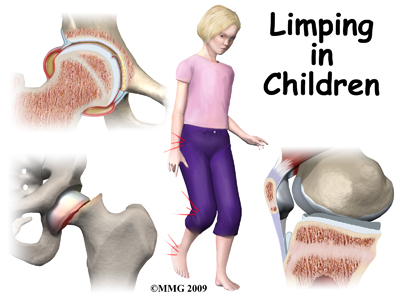

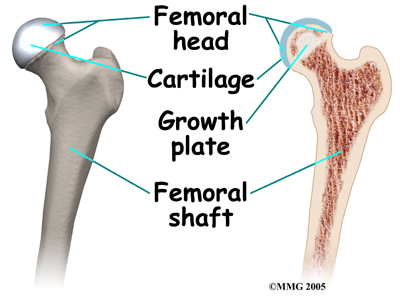
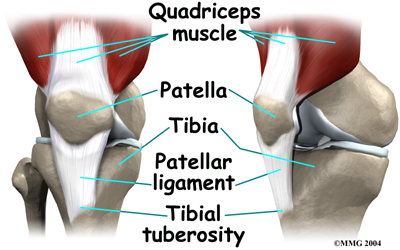
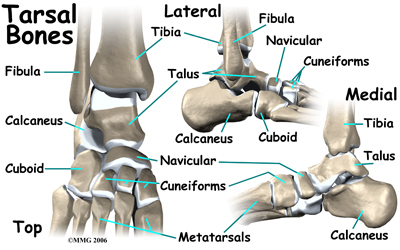
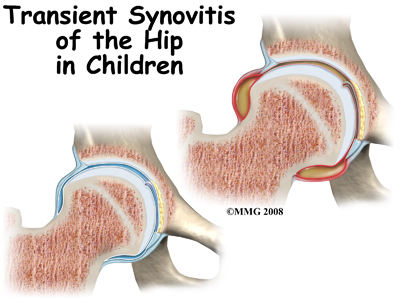 The most common cause of a limp in small children is a fracture. Toddler’s fractures involve buckling or bowing of the tibia (shin bone). This usually happens when a child trips or falls up stairs.
The most common cause of a limp in small children is a fracture. Toddler’s fractures involve buckling or bowing of the tibia (shin bone). This usually happens when a child trips or falls up stairs.
